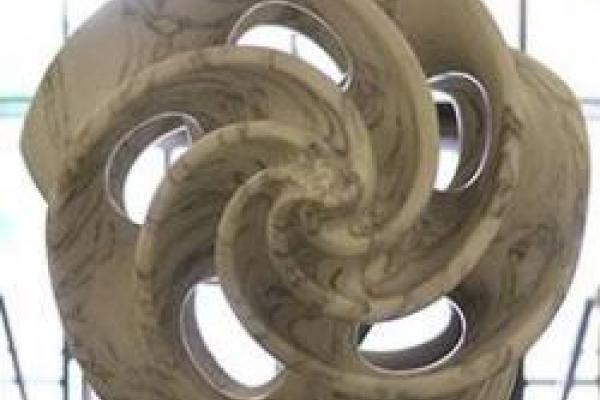
Title: Geometric structures on surfaces with a maximal number of symmetries
Speaker: Lorenzo Ruffoni (University of Bologna, Italy / Yale University)
Abstract: One way in which a geometric structure on a manifold is more rigid than just a topological structure is exemplified by the fact that the group of geometric automorphisms is in general smaller than the group of self-homeomorphisms. As shown by Hurwitz in 1892, complex structures on surfaces of genus at least 2 are rigid enough to guarantee that the group of holomorphic symmetries is finite, with a cardinality bounded just in terms of the genus. Structures which achieve this bound, and their groups of symmetries, are known to enjoy special geometric and algebraic properties. Motivated by this classical theory, and by recent work on translation surfaces by Schlage-Puchta and Weitze-Schmithüsen, we consider Hurwitz-like problems for complex projective structures on surfaces. In a sense that will be made precise, the most symmetric structures turn out to be the uniformizations of Galois Belyi curves by Fuchsian triangle groups. This is a joint work with G. Faraco.
Seminar URL: https://research.math.osu.edu/ggt/
